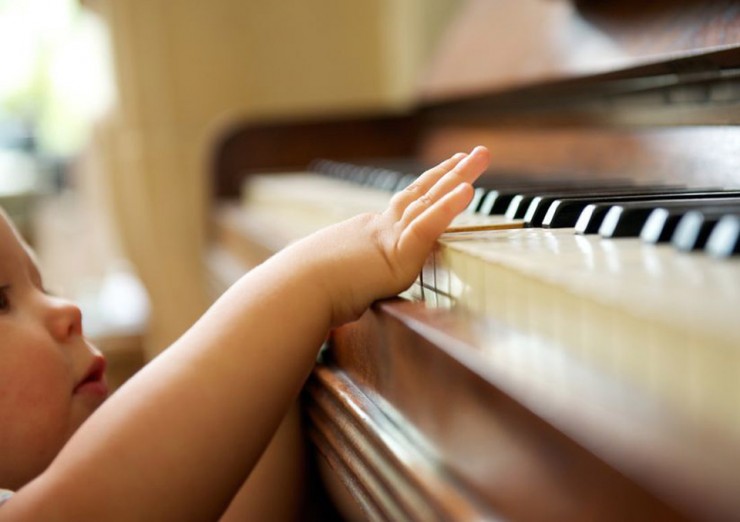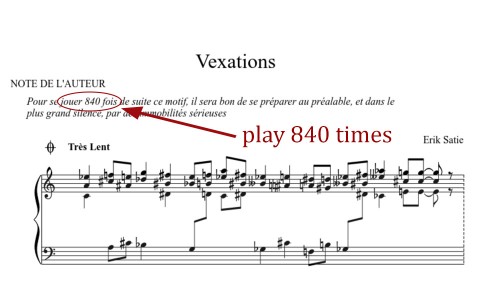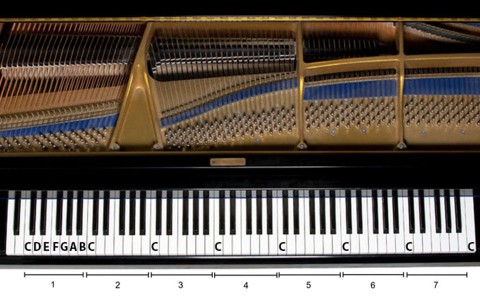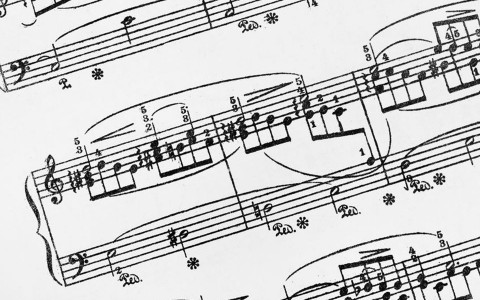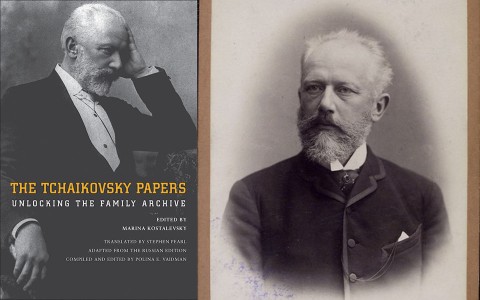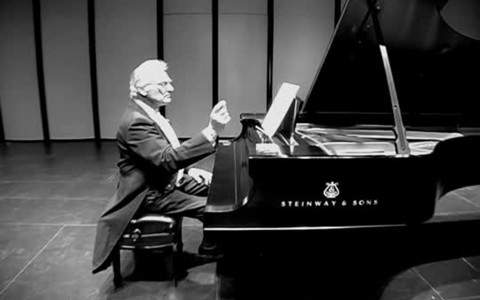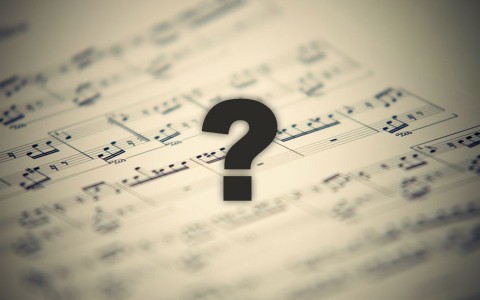Have you ever stared in amusement at how big the piano seemed in comparison to a young child who was playing it? It may be surprising for the common folks to know that the keyboard of a piano actually has a standard measurement. One may then question the absurdity of a one-size-fits-all piano when we know that many other instruments like the violin or guitar are customisable in size to fit the needs of different people.
In the past, there were varied sizes of the keyboard but they were then standardised around 1880. During that time, pianists who performed publicly were usually men. Ladies could play the piano but only at home and smaller keyboards were actually available then for them. Piano manufacturers at the time involved many famous male composers and virtuosos, like Franz Liszt and Anton Rubinstein, in the design and production of pianos.
It was no surprise that the size of the keyboard was then suited for the hands of European men. There was a need to ensure that pianists would be able to play any pianos given to them during performances in different places or countries. The manufacturers did not want to make pianos that were scorned by these performers. For many years, the size of the keyboard remained constant, except in the early 20th century when Steinway & Sons manufactured a keyboard that was smaller, meant for Josef Hofmann, the famous pianist.
In this modern time when virtuosos are no longer only European men, will the one-size-fits-all piano then be apt for an Asian man or even women and children whose hands are considerably smaller? Why could other musical instruments be customisable in size but not the piano?
It is interesting to note that many great composers like Mozart, Chopin and Beethoven had used keyboards smaller than the current standard size. Thus, many of their repertoires covered the full range use of the keyboard that is usually taxing for modern pianists whose hands are smaller to perform them.
Even without the need to play any of these full range repertories, the standard keyboard size is a challenge for many. The excessive stretching that is required can create posture issues and hand and arm cramps for pianists. It may be no wonder why piano learning is very draining for young children and even adults who are smaller in size.
Inspired by Christopher Donison, the music director to the Shaw Festival in 1991, David Steinbuhler began the research and building of smaller keyboards which they later registered as a second official standard keyboard size (7/8 keyboard size), the DS Standard. From 1998 to 2005, Steinbuhler & Company did considerable research on different sizes of keyboards to suit people of different hand sizes and what the optimal size should be. It was after the thorough research that the Donison-Steinbuhler (DS) Standard was born. The DS Standard keyboard can be fitted into pianos of various designs and sizes.
The availability of a smaller size keyboard is indeed joyous news for many piano lovers with smaller hands. Learning to play the piano is arduous but also brings about great satisfaction and enjoyment for many. Hence, the incompatibility in the size should not be a hindrance to playing this brilliant instrument.
